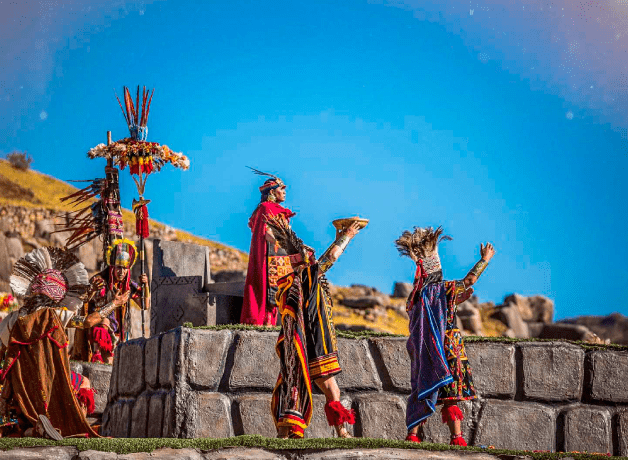Few Andean myths carry as much prophetic power as the story of Inkarri. More than a legend, it is a living narrative that preserves hope, memory, and resistance among Indigenous communities of the Andes. The name derives from “Inca Rey” (Inca King), and its central message is one of return, renewal, and justice.

According to oral tradition, when the Spanish conquistadors captured and executed the last Inca rulers, the head of Inkarri was buried in Cusco—the navel of the world. Yet the myth insists that Inkarri did not die.
His body, though dismembered, continues to regenerate underground. One day, he will rise again, restoring harmony to the world and bringing an age of justice for the Andean people.
The anthropologist Catherine Allen describes the myth as “a narrative of pachakuti—a world reversal—where the colonial order collapses and balance is restored through the Inca’s return” (Allen, The Hold Life Has, 1988). In this sense, Inkarri is not only a figure of the past but a symbol of cyclical time and transformation.

A Living Myth of Resistance
Variations of the myth exist throughout the Andes. In some versions, Inkarri’s head is said to be growing beneath Saqsayhuamán, the great fortress above Cusco. In others, it lies beneath the soil of Vilcabamba, the last Inca stronghold. Wherever the body rests, the message remains the same: the king’s return will mark the rebirth of Tawantinsuyu, the Inca’s fourfold empire, and the dawn of a new age.

This myth also expresses the resilience of Andean spirituality. Though colonial powers tried to suppress Indigenous beliefs, the story of Inkarri became a vessel for remembering cultural identity and envisioning liberation. It is both memory and prophecy, teaching that endings are never final but part of the eternal Andean cycle of death and rebirth.
“Inkarrí is not simply a king of the past—he is the seed of a future yet to bloom beneath the earth.”
References
- Allen, Catherine. The Hold Life Has: Coca and Cultural Identity in an Andean Community. Smithsonian Institution Press, 1988.
- Flores Galindo, Alberto. Buscando un Inca: Identidad y utopía en los Andes. Instituto de Apoyo Agrario, 1986.
- Rostworowski, María. History of the Inca Realm. Cambridge University Press, 1999.
- Urton, Gary. At the Crossroads of the Earth and the Sky: An Andean Cosmology. University of Texas Press, 1981.



